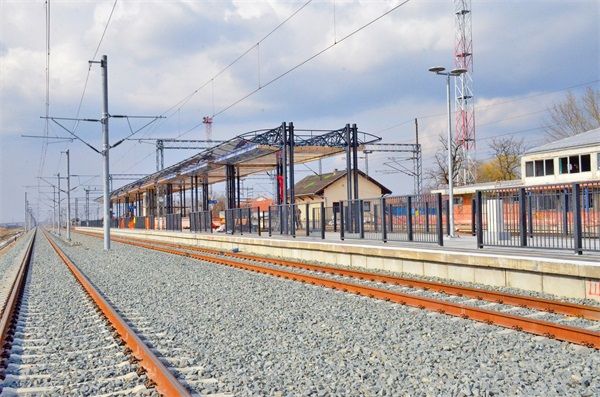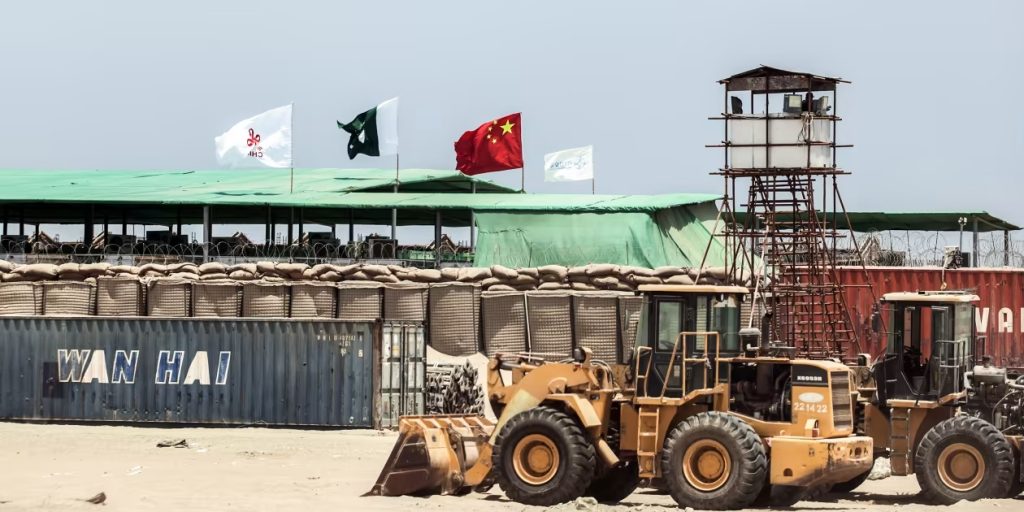The 16+1 format was created shortly before the start of China’s Belt and Road Initiative (BRI) to deepen the relations with Central Eastern and Southeastern Europe. In order to do so, in the years before high-ranking Chinese politicians, including then Vice-President Xi Jinping, traveled to various Central Eastern European countries. Since the launch of the BRI, 16+1 became a vehicle to promote this ambitious infrastructure and connectivity initiative in Europe.
At the start of 16+1, the European participants were the eleven European Union (EU) members Bulgaria, Croatia, the Czech Republic, Estonia, Hungary, Latvia, Lithuania, Poland, Romania, Slovakia and Slovenia and the five EU candidate countries Albania, Bosnia and Herzegovina, Montenegro, North Macedonia and Serbia. It is important to emphasize that the stricter EU laws and guidelines on good governance and investment screening do not apply for the Western Balkan nations, making it for Chinese companies easier to penetrate these markets.
16+1 as catalyst for more critical EU views on China
When 16+1 was established, the European members had high expectations regarding the benefits of a deeper and institutionalized cooperation with the economically powerful China. They still struggled to overcome the negative impacts of the Global Financial Crisis and felt marginalized by the EU and its “old” members. Thus, they expected high investments from China and better access to the large Chinese consumer market. Positively regarded were also the annual meetings with President Xi Jinping or Prime Minister Li Keqiang, offering each head of state or government of the European members a (brief) opportunity to discuss bilateral issues.
In spring 2019, Chinese seemed to make strong inroads to Europe. First, in March 2019, Italy signed Memorandum of Understanding with the PRC on the BRI, providing a further boost for this initiative. However, under Prime Minister Mario Draghi Italy distanced itself from the close relations with China, stressing the traditional trans-Atlantic partnership. In April 2019, Greece joined 16+1. Interestingly, the name of the initiative was officially not adjusted to ‘17+1’; though, many academics used this term. The official website uses the term “Cooperation between China and Central Eastern European Countries (CEEC)”.
At this time, certain scholars, including the author, believed that the cooperation format could develop in a sub-regional organization. 16+1 has many multilateral structures, enabling regular meetings of politicians, ranging from the head of state to head of provinces, mayors and national and local member of parliament as well business people, academics and civil society representatives. Apart from economic cooperation in general tourism and culture are important areas of collaboration. Nevertheless, 16+1 has a strong bilateral logic – similar to the BRI: China stands in the center and conducts most specific projects bilaterally with each of the 16 members.
Besides Greece, Beijing had at the ambition to extend the membership of 16+1 to other countries. According to interviews conducted by the author with Austrian diplomats, Austria was asked a couple of times to join the initiative, but refused to do so. Austria has, similar to the EU and Germany, an observer status. It has no interest in signing a Memorandum of Understanding on the BRI with Beijing. A membership of Austria has never made sense, as it is more developed than the other European 16+1 participants. It would also contradict China’s narrative according to which the 16+1 members are transformation countries and that the European members share a Communist past. However, to prominently emphasize ther Communist past was in fact a mistake of China’s diplomacy, as Communism – and authoritarianism more general – are today in Central Eastern Europe regarded with distrust.
16+1 is a key reason why the EU started to view China increasingly critical. The strategic motives for Beijing’s inroads to Central Eastern Europe were questioned. Fears were uttered that Beijing aims to use the BRI and 16+1 in particular to divide the EU. These critical perceptions impacted directly on the EU’s China policies: In March 2019, the EU published the policy paper “EU-China – A strategic Outlook”, in fact guidelines for its China policies which can be labelled as strategy. Therein Brussels portrays the PRC as a partner (for instance, in the combat against climate change), as an (economic) competitor and, for the first time ever, as a “systemic rival promoting alternative models of governance”. Accordingly, the EU emphasized that its members, including the EU participants of 16+1, “have a responsibility to ensure consistency with EU law, rules and policies”. Another crucial demand of the EU is that there must be a level-playing field in the economic relations with China. In particular, there is criticism that European companies are discriminated against Chinese ones in the Western Balkans.
Not only China and the EU and many of its individual members, notably Germany, France and the small power Austria, have strategic and economic interests in Central Eastern Europe and the Western Balkans. Also the US, Russia and, in the Western Balkans, Turkey are important actors whose interests have to be taken into account.
High expectations regarding 16+1 and BRI projects
The high expectations of the European 16+1 members regarding Chinese investments and new export opportunities to China proved soon unrealistic. Despite Chinese investments and cooperation, Central Eastern Europe’s role in the BRI remains largely limited to that of a transport corridor. It provides access to the more developed Western European markets which are more lucrative for Chinese investors and exporters. In 2021, Chinese companies invested most in the Netherlands, Germany, France and the United Kingdom. Overall, the investments from the PRC strongly declined in Europe from an all-time high of 47.4 billion Euro in 2016 to 7.9 in 2020 and 10.6 in 2021.
Chinese infrastructure investments are considerably higher in the Western Balkans than in Central Eastern Europe, where the EU co-finances project, inter alia, with funds from its large European infrastructure project, the Trans-European Transport Network (TEN-T). However, the EU remains by far the main economic – and political – partner of the Western Balkan nations. While there are certain positive impacts of the Chinese infrastructure and connectivity projects on the national economies, notably in Montenegro, Bosnia and Herzegovina and Serbia, there are also risks that in particular Montenegro falls in a debt-trap, due to a disputed highway project.
Strongly contested is also the planned railway connection between Budapest and Belgrade. The project faced many legal and financial problems; instead of 2018, the new date for completion is 2024 and it will not be a, as initially planned, a high-speed connection. The railway is planned to be extended to Piraeus. The Greek port city itself is a bone of contention, as the Chinese COSCO acquired a 51 percent stake of the port in 2016, extending it to 67 percent in 2021. It is now an important hub for the maritime silk road. Being skeptical about the commercial perspectives of the port, European companies shied away from such an investment. Thus, Greece which was forced by the EU to privatize the port together with other state-owned assets had in fact no choice but approving COSCO’s stake in the port.
The Europe-Sichuan railway
China is keen to improve the railway connection to Europe. Thereby the Polish city of Lodz plays a key role. In 2013, two private companies from Poland and the PRC established the Sichuan-Europe railway connection, with the hubs Lodz and Chengdu. Shortly after the launch of this project, the cooperation between the city and province of Lodz with their Chinese counterparts was deepened and institutionalized. Initially, the collaboration was praised as a success.
However, more recently criticism increased. Notably the expectations that Western and Chinese companies would establish manufacturing or assembly plants in the proximity of Lodz and export their products to other European nations were not fulfilled. Moreover, Poland exports less to China than expected, reflected in the fact that most trains from Lodz to Chengdu are half-empty.
Economic reasons – mostly a lack of investments from the Chinese side – but also political differences between the Polish central government, the region and the city of Lodz contributed to this outcome. One interpretation is that the ruling Law and Justice Party (PiS) is less inclined to deepen the relations with China, favoring a strong partnership with the United States, the key security provider together with NATO. The example of Lodz illustrates how many complex challenges the implementation of BRI projects faces, among them geopolitical and strategic reasoning.
A bleak future for 16+1
So far, 16+1 has not fulfilled the – unrealistic high – expectations of the European governments. As a consequence, in addition to the Baltic nations, other 16+1 members may leave the initiative in the near future. In February 2021, many European members only nominated ministers instead of the head of state or government to attend the virtual 16+1 summit with Xi Jinping. This was a strong demonstration of their discontent with the initiative. But not only the governments, also many citizens in the 16+1 members – as well as in other European countries – became in the last years more skeptical towards China. An interesting exception is Serbia where Russia is also perceived positively.
16+1 is especially critically discussed in the Czech Republic and Slovakia. Prague cites “unfulfilled expectations”, however, it would be too easy to solely blame China for certain shortcomings. In some countries, the debate on the pros and cons of cooperating more closely with China is overly politicized, especially in the light that no 16+1 member is economically dependent on the PRC. However, utilizing economic means but also its soft power, China gained political influence on certain 16+1 countries. Therefore, a critical, yet not hysteric debate on the relations with China is required.
Russia’s war against Ukraine, launched on 24 February 2022, could become an additional trigger for viewing China even more critical in Central Eastern Europe (and the other EU member countries). The PRC is also an authoritarian-ruled country and became under Xi’s helm more nationalistic. China’s aggressive rhetoric towards Taiwan is watched closely. Accordingly, the democratic Baltic nations, in particular Lithuania, but also Slovakia and the Czech Republic consider further deepening their relations with the like-minded Taiwan. The Taiwanese diplomacy makes actively and skillfully use of the new opportunities, notably building on the narrative of the struggle between liberal democracies and human rights violating authoritarian systems.
However, all European governments adhere to the One-China policy, meaning they will not open embassies in Taiwan or allow a Taiwanese embassy on their territory. Moreover, neither the EU nor the European 16+1 members will end their economic and political ties with China. Yet, the bonds could be scaled down – due to political motives, but also following economic concerns about the stability of the China-centered production and logistic chains. The tone of the EU and the European 16+1 members towards China will likely get harsher.




